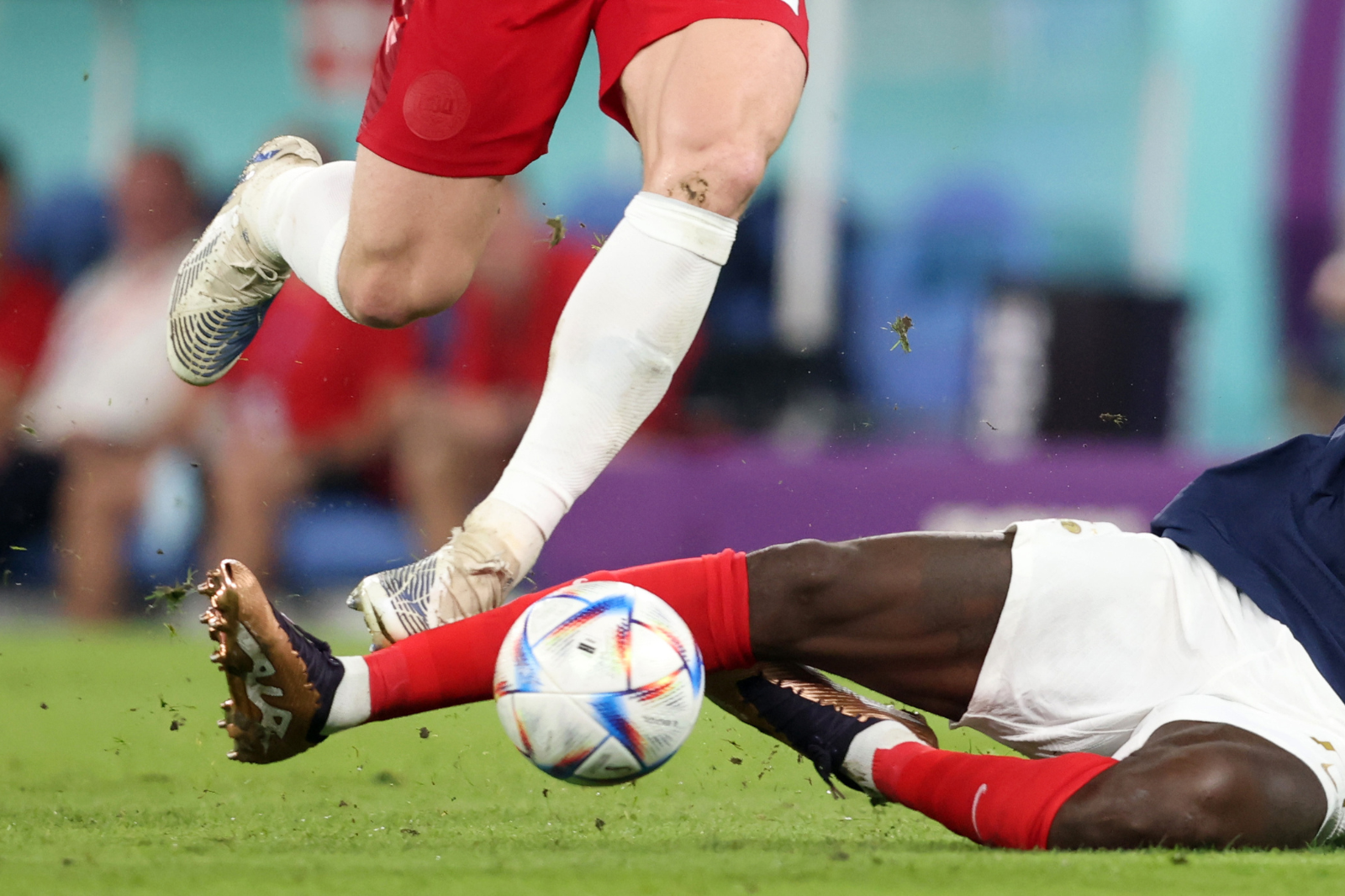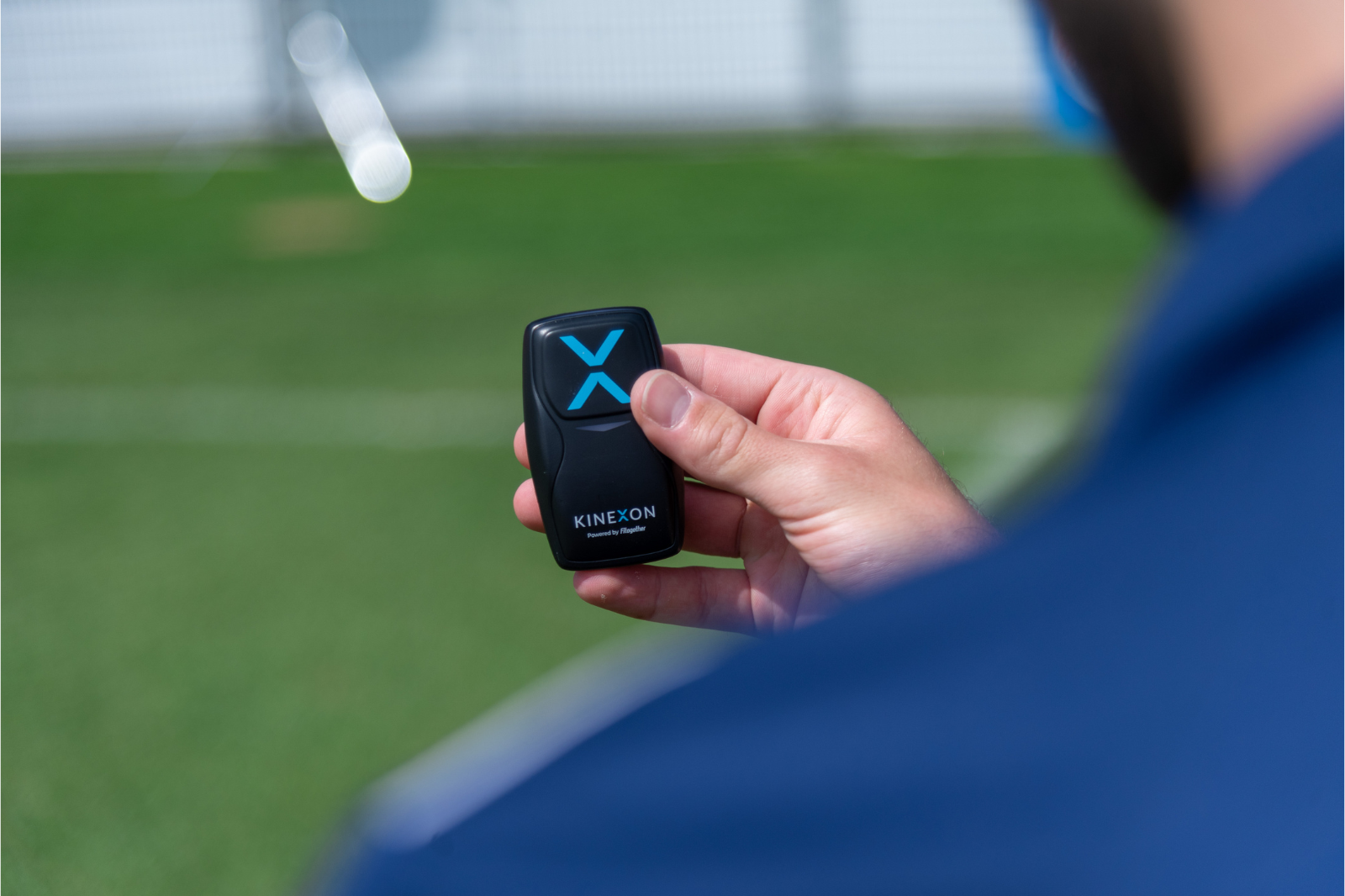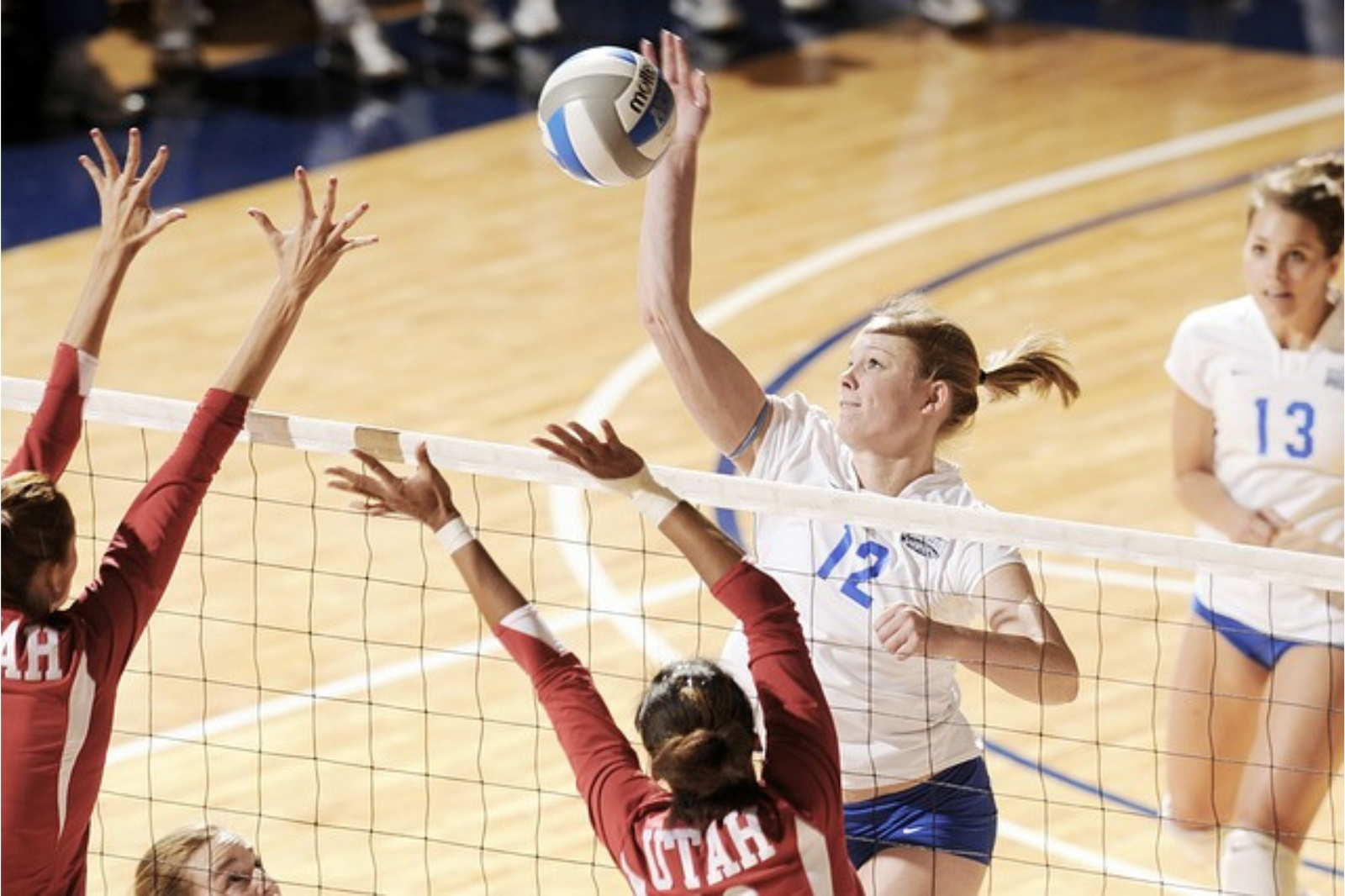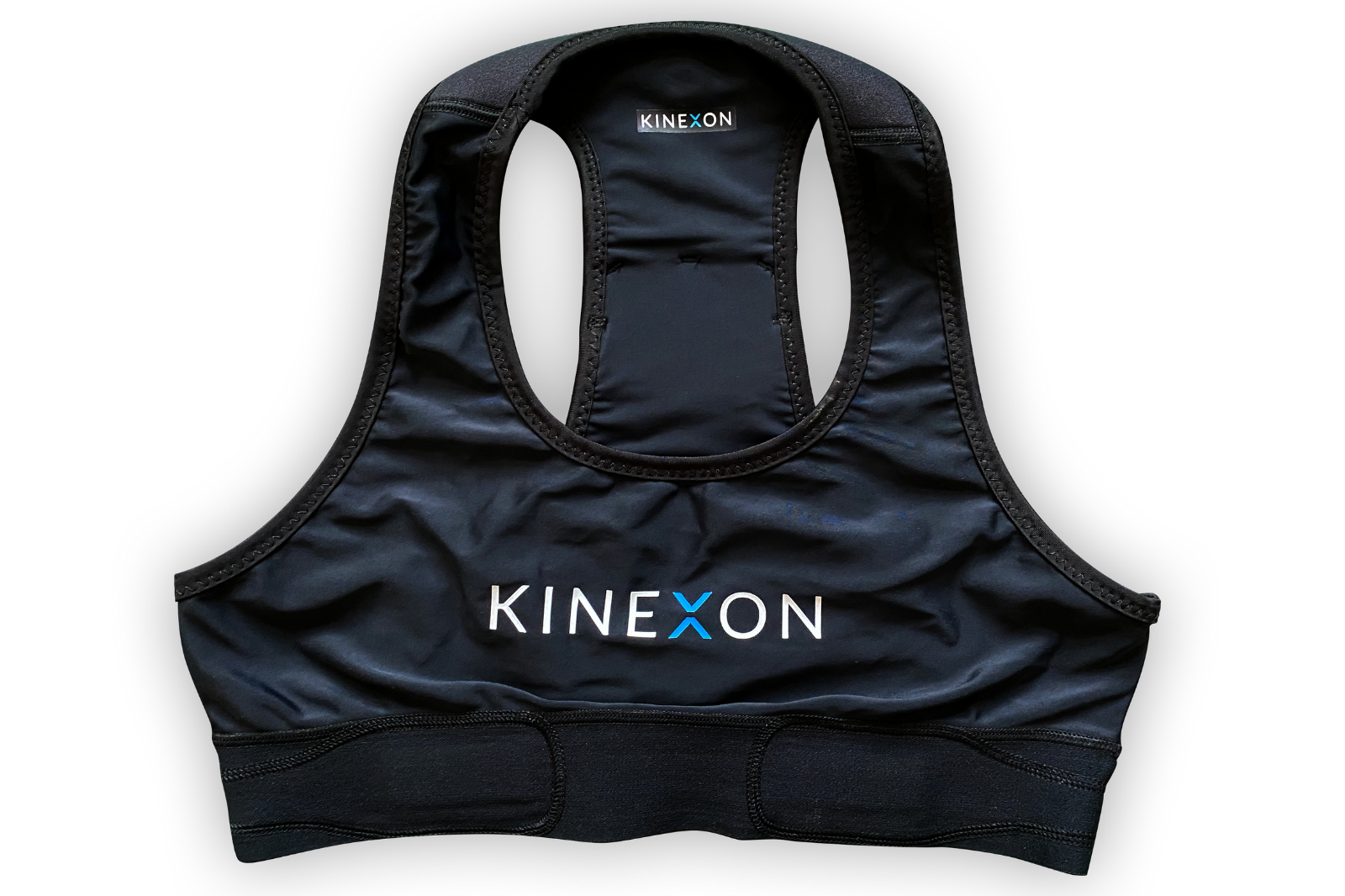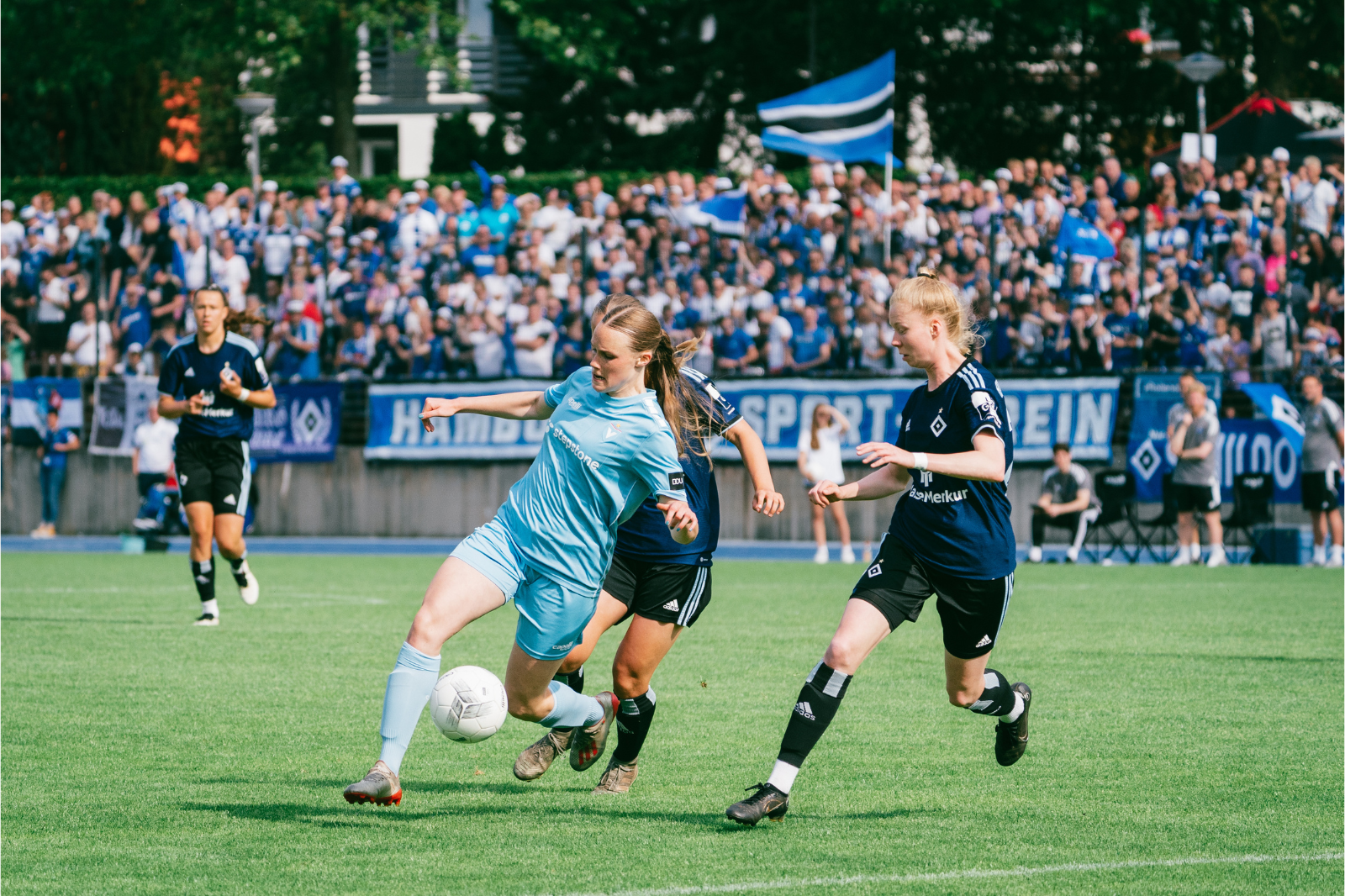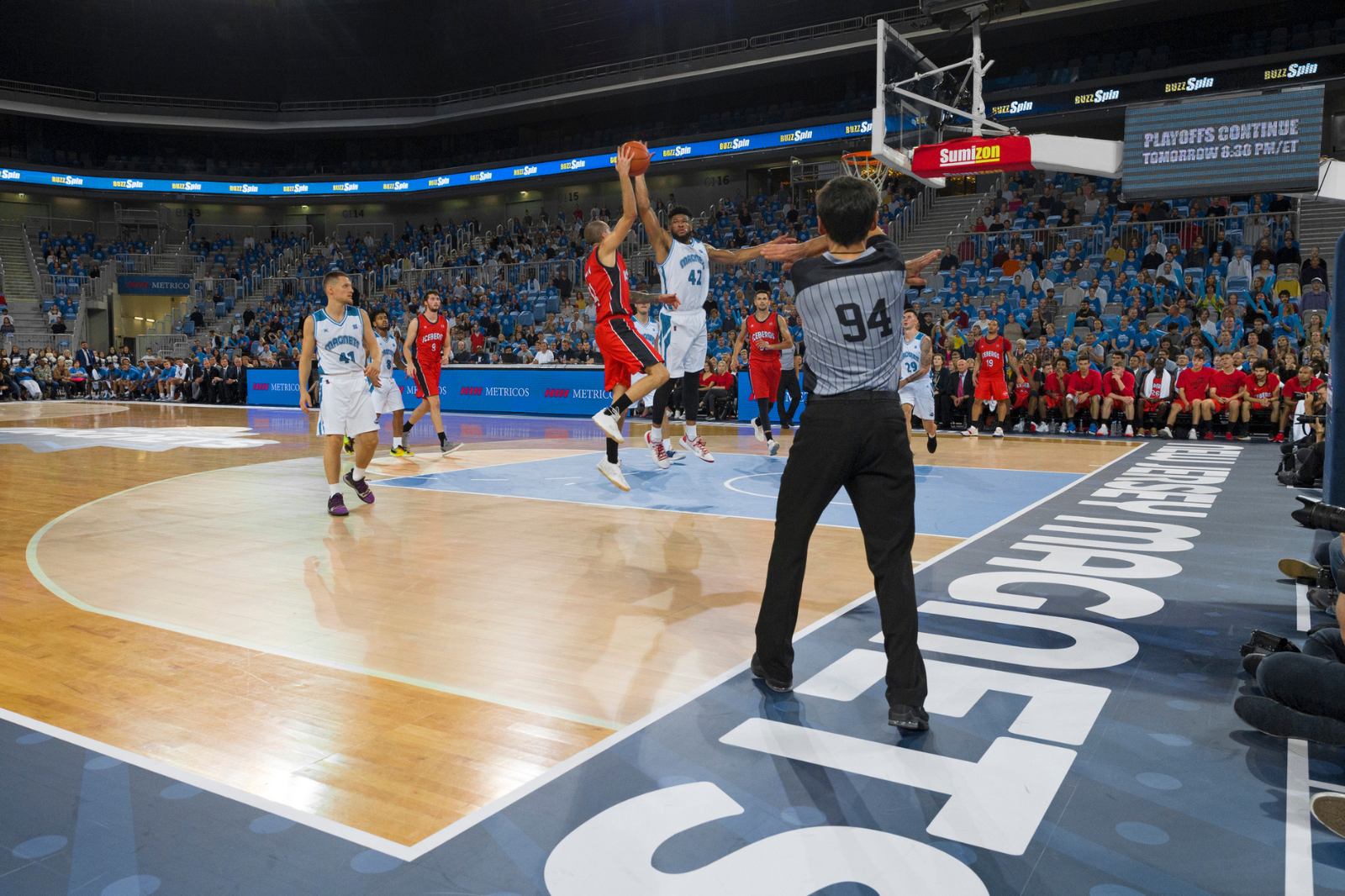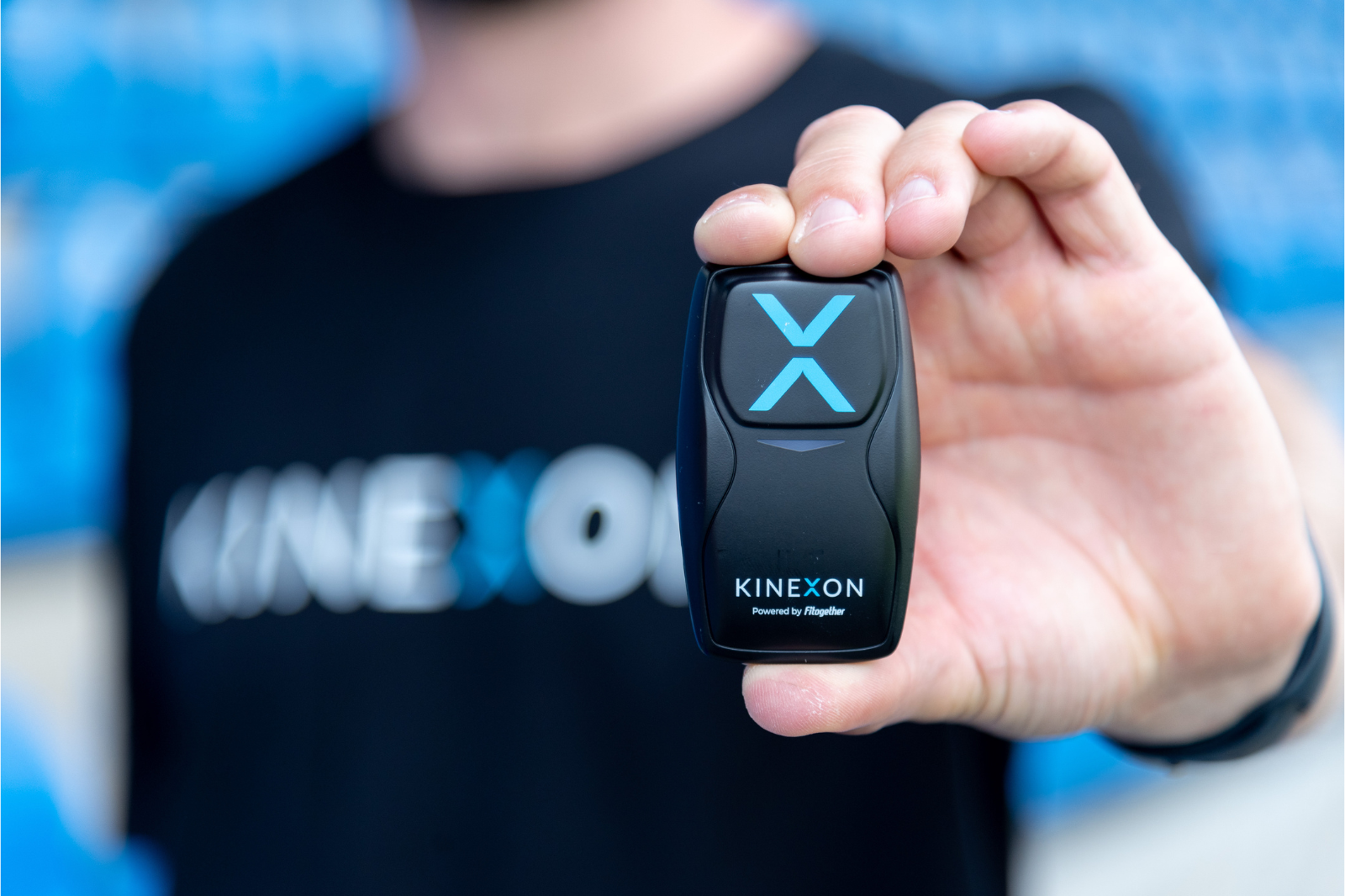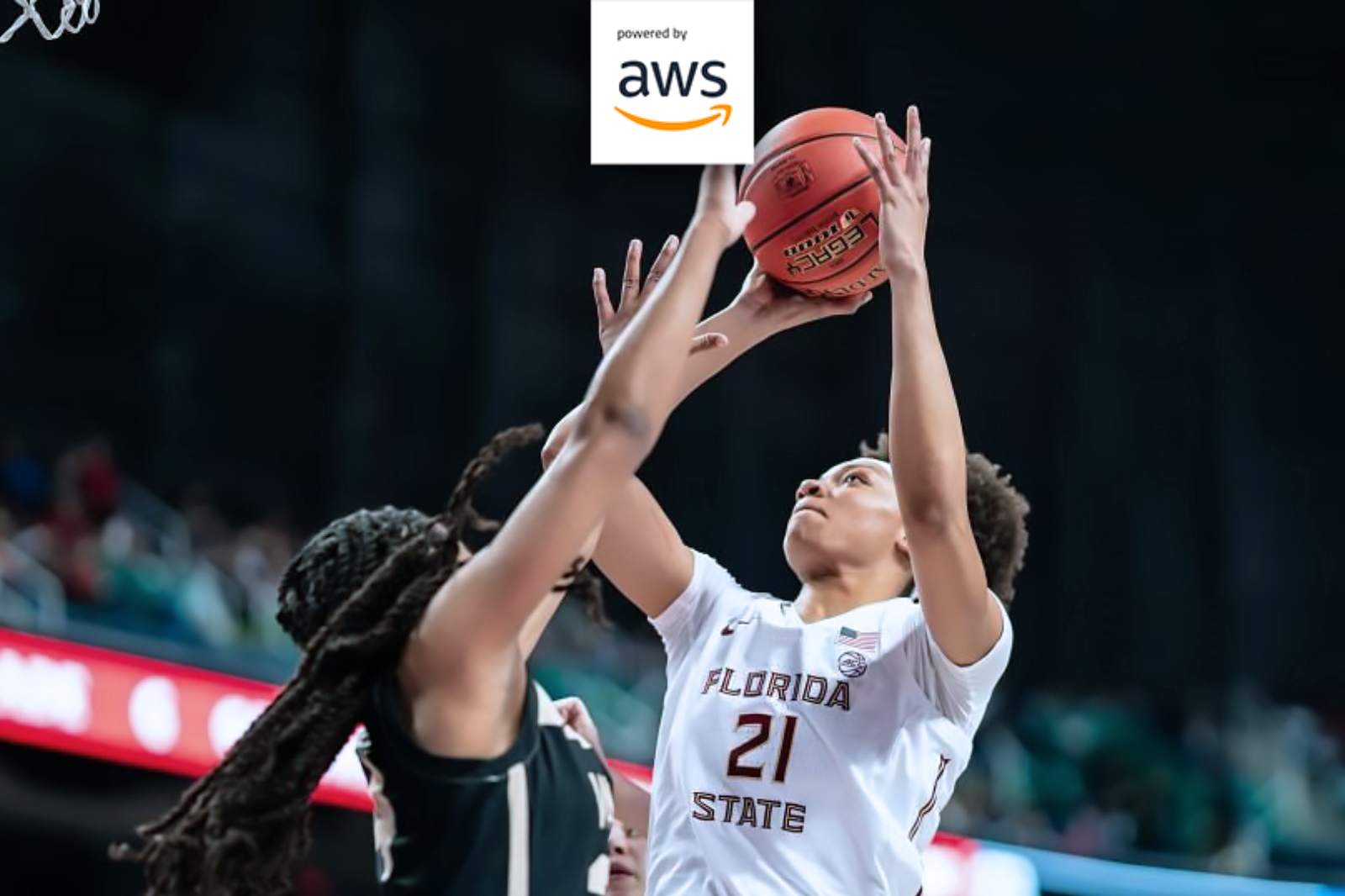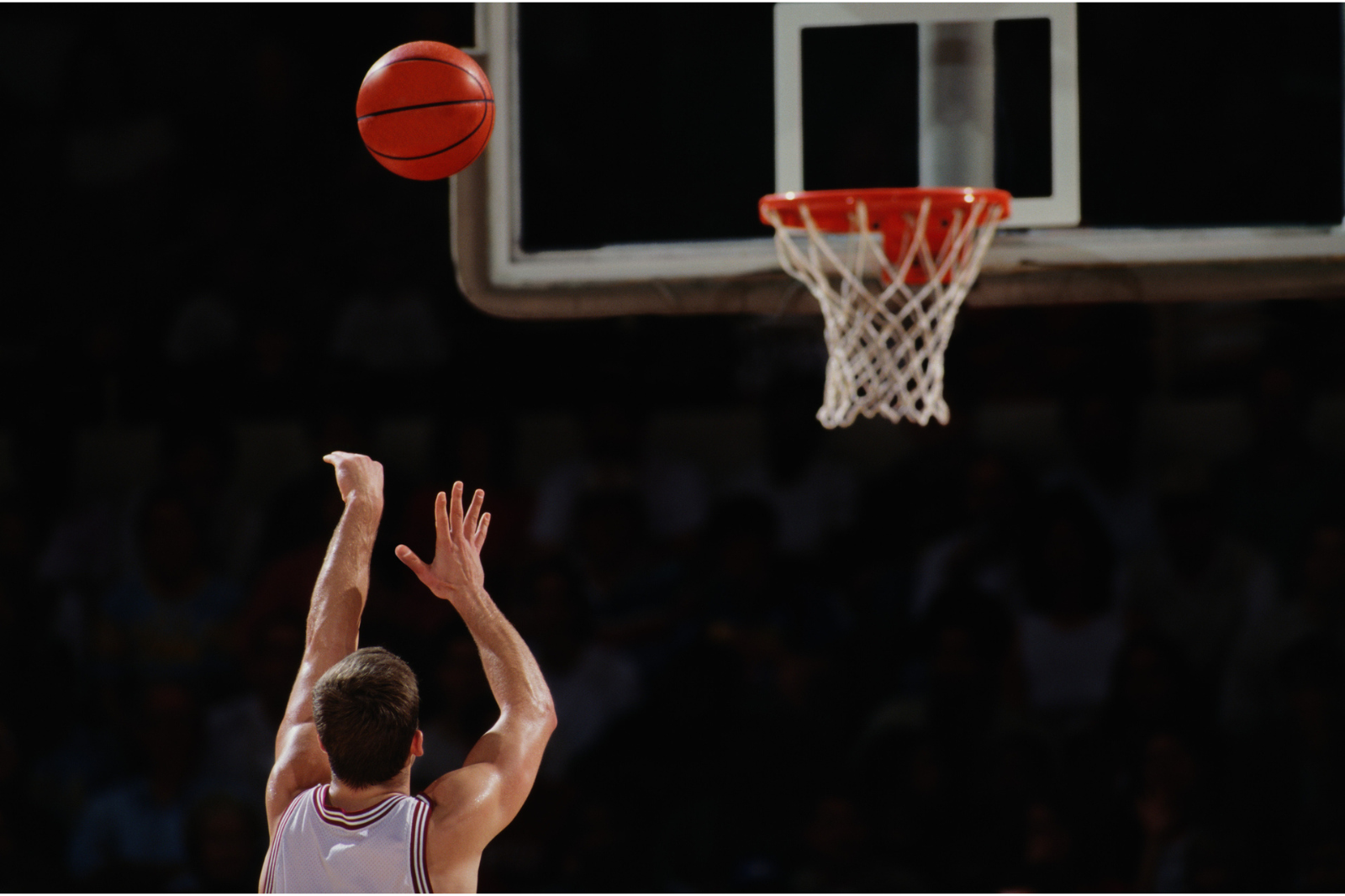How Football Coaches Can Use Sports Performance Data to Peak During Bowl Season
As the bowl season draws near, the role of sports performance tracking technology becomes pivotal. For coaches, strategically balancing weekly training schedules and the demands of game day must be top-of-mind to secure the best opportunity to land a bid for a bowl game.

It’s not just about preparing for a single game; it’s about positioning the team to perform at their best in a high-stakes environment, showcasing their talent and hard-earned skills.
From a sports performance tracking standpoint, monitoring a player’s Accumulated Acceleration Load and Mechanical Load offers coaches objective insights to make crucial decisions impacting their game plan.
Understanding Accumulated Acceleration Load and Mechanical Load Data
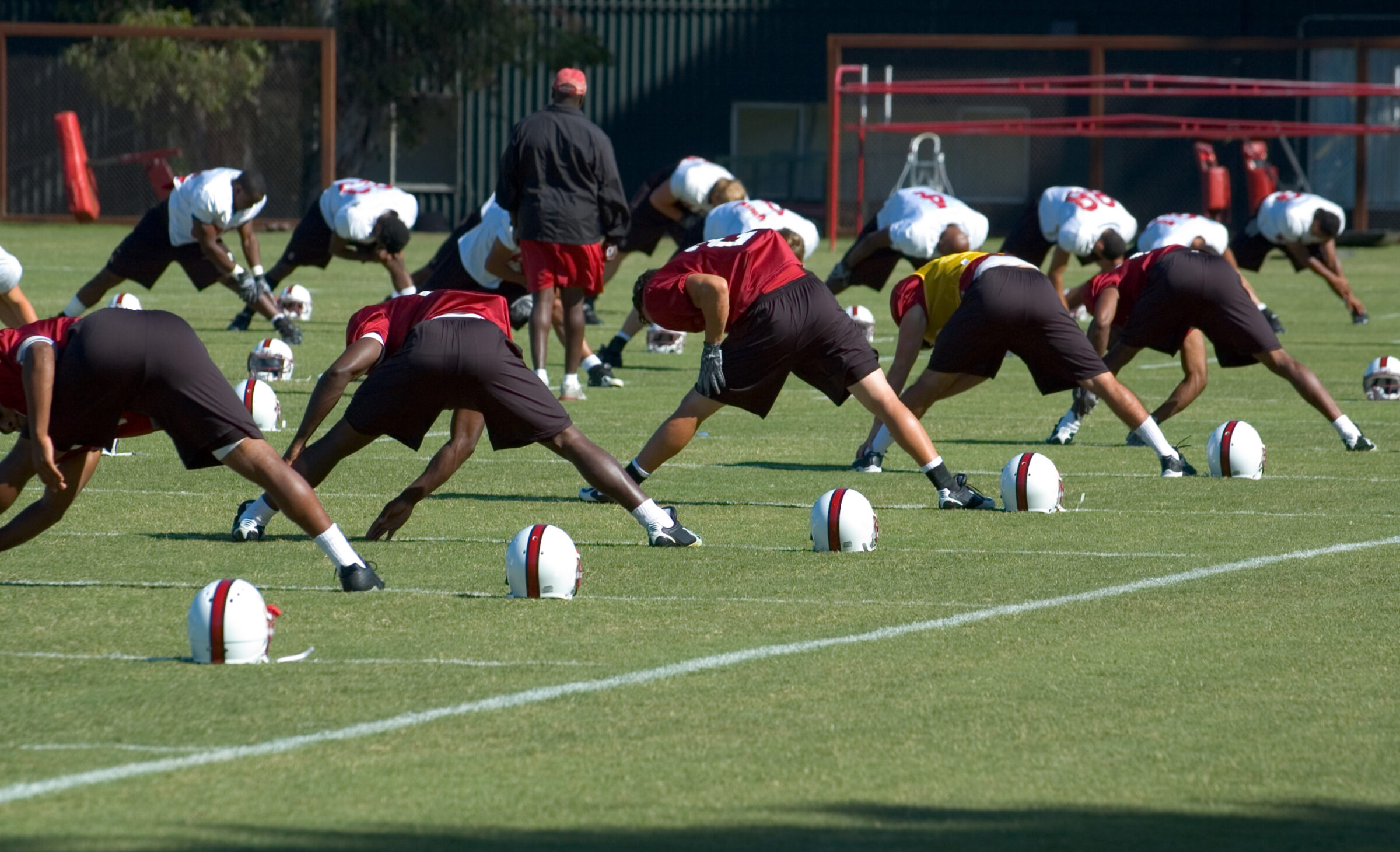
Accumulated Acceleration Load (AAL)
Accumulated Acceleration Load (AAL) measures the cumulative effect of rapid accelerations and decelerations during training and games. It accounts for the forces athletes experience while moving in different directions and at varying speeds. Tracking AAL, especially toward the end of the football season, is a strategic and crucial approach in preparing athletes for bowl games.
This metric quantifies the cumulative effect of rapid accelerations and decelerations during both training and games. This specific metric holds significant importance because it takes into account the complex forces athletes experience while moving in different directions and at varying speeds.
Mechanical Load Mechanical Load provides insights into the physical stress placed on an athlete’s body. It considers factors like running distances, sprints, changes of direction, and other movements that generate mechanical stress on muscles, joints, and bones.
Key performance insights benefiting coaches who track Accumulated Acceleration Load and Mechanical Load include:
- Injury Prevention
- Sports Performance Optimization
- Tailored Training and Practice Drills
- Recovery
Monitoring the Accumulated Acceleration Load and Mechanical Load metrics is an integral part of preparing athletes for the demands of bowl season. It’s not merely a statistic but a valuable tool.
By understanding the physical demands placed on athletes during the season, coaches can fine-tune their training and recovery plans to ensure their team is in the best possible shape for the challenges ahead.
Balancing Training Schedules and Intensity Leading into Game Day

Coaches follow a structured training regimen to ensure athletes are primed for game day, and it all starts with managing the training week.
Studies show that understanding how to balance training schedules late in the season is a fine line for coaches to walk while still expecting an athlete to reach peak sports performance levels on game day. To simplify this process, coaches can monitor athlete performance using a combination of these four buckets:
Load Monitoring:
Collecting Accumulated Acceleration Load and Mechanical Load data is a great way to gauge the physical stress on a player’s body. Monitoring these metrics allows coaches to adjust training loads and ensure that players stay energized during the week.
Intensity Progression:
As the week progresses, training intensity gradually increases. Coaches incorporate drills that replicate game situations, helping athletes build the required skills and endurance.
Recovery Days:
After a game, athletes often need time to recover. Coaches may use the first day or two of the week for light workouts, focusing on stretching, mobility exercises, and low-intensity activities. This helps players recuperate and minimizes the risk of injury.
Tapering:
In the days leading up to the game, coaches taper or implement micro-doses of the training load to allow players to hit their goals on game day. This involves reducing training volume and intensity to ensure athletes are fresh and ready to perform.
In this physically demanding and highly competitive sport, the journey to success is an intricate tapestry woven with data, dedication, and a deep understanding of the science behind sports performance. It’s a testament to the relentless pursuit of excellence by coaches and athletes and the ever-advancing technology that supports them.
KINEXON Helps Develop Sports Performance Training Plans

As bowl season approaches, it’s not just a game; it’s a showcase of skill, strategy, and preparation at its finest. If you’d like to learn more about how KINEXON can help you with your load management plan, contact us at any time. Or download our guide by clicking the link below.
